Choosing Collaborative Groups Transcript
+++ 00:00:06 +++
Lauren Hobbs: My grouping strategy changes every single time I group.
Lauren Hobbs: Let’s hear from one of each kind of group, how about soccer ball group. What’s the easiest, most difficult part? DeJon [ph?].
DeJon: The easiest part was cutting out the shapes because that’s easy.
+++ 00:00:26 +++
Lauren Hobbs: I grouped them based on what their project was but in the past I’ve grouped them based on test scores. Or I’ve grouped them based on interests. It really changed every time. Sometimes the higher level kids are together but sometimes I’ll disperse them throughout the seven groups. For example, if I look at their test scores they might know going into a test that I’m going to group the gold, silver, bronze. And so they know that the four kids who got the highest test grade get to be in the gold group. And so there’s a little bit of a competition going into it.
+++ 00:00:57 +++
Student: I think they deserve a 20 for calculation. You’ve done more than 15 percent.
Lauren Hobbs: My first year teaching had more of a direct teaching method. I think I stood at the front a lot more. I would write on the board and have students copy work. It was a lot of worksheets.
Student: Was it four or three?
Student: It was three.
+++ 00:01:15 +++
Lauren Hobbs: My second year, I started to move a lot towards collaborative group work. They learn a lot more this way.
Student: Wait. Finish this or fix that.
Lauren Hobbs: They’re learning to reflect on their own learning. They’re learning to work well with other people. They’re learning how to really talk within a classroom setting using this framework. And I think it’s a really great experience for them.
+++ 00:01:35 +++
Student: You can make it so that this is going around in a circle.
Student: And the other one is going around in the circle.
Student: And then you can have the main one like the point to where you move it around, not the resizing and you can make it turnaround like that.
Student: Yeah. That seems like a good idea.
Student: Okay. I’ll think about that.

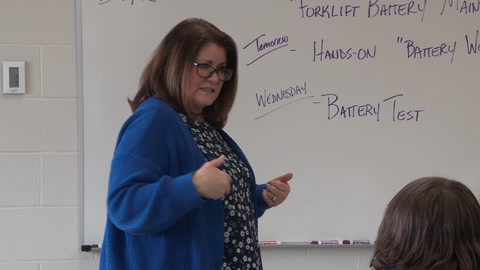
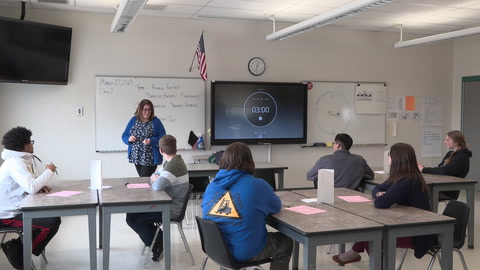
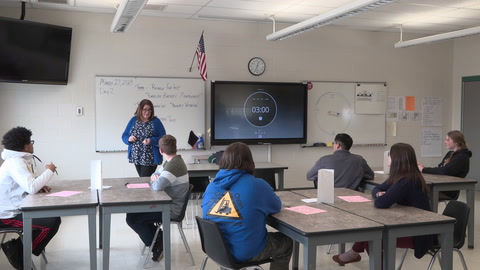

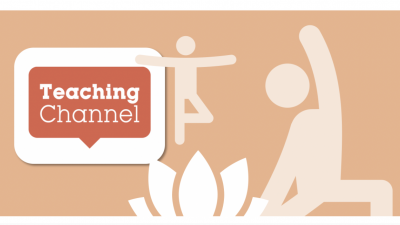
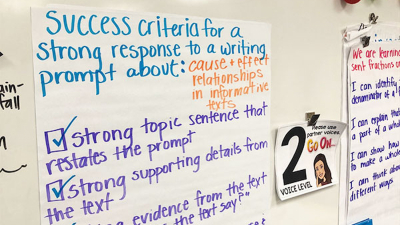

25 Comments
Jeanne Tundis Jun 25, 2023 10:02am
Changing groups is important because it gives students a chance to work with different peers. Working in groups allows students to demonstrate teamwork and communicate through an exchange of ideas.
Anina Byerly Jun 14, 2022 11:42am
Changing the grouping is an effective way for the students to hear different opinions from different peers. It can improve critical thinking skills when a student notices the way of thinking of another student. It's very important to change the groups to get the best result. Great job!
Irene Bartay Sep 5, 2020 2:51pm
Grouping is good because learners can get to work closely with one another.If grouped according to project all will be able to particiate,if it is according to ability,they will understand one another and if grouped according to interest,then they will open up .Good work.
neelima kothapalli Mar 24, 2020 3:09am
Am highly impressed...
collaborative learning is a great way for different age students in which they are grouped on the base of their projects
Ulupi Patel Mar 22, 2020 5:14am
I think it is important to change groups often so that students work with different peers and have an opportunity to have a different role within a group. A mix group of students is preferable as they will have different learning styles and each one is good in their own way, writing, presenting, creative, etc. All the students are involved to achieve a certain goal. The instructions given to each group is also different. The video was insightful.